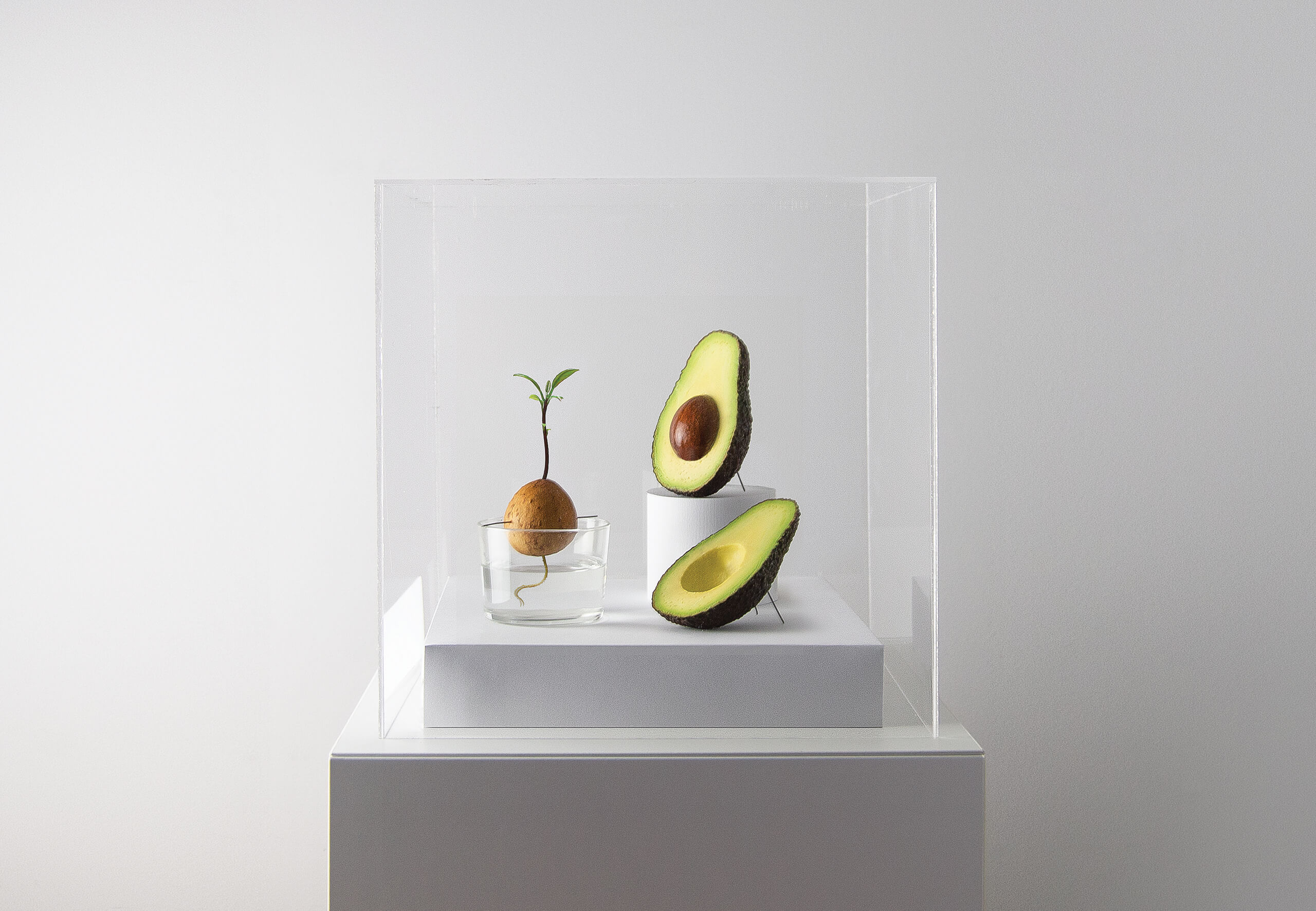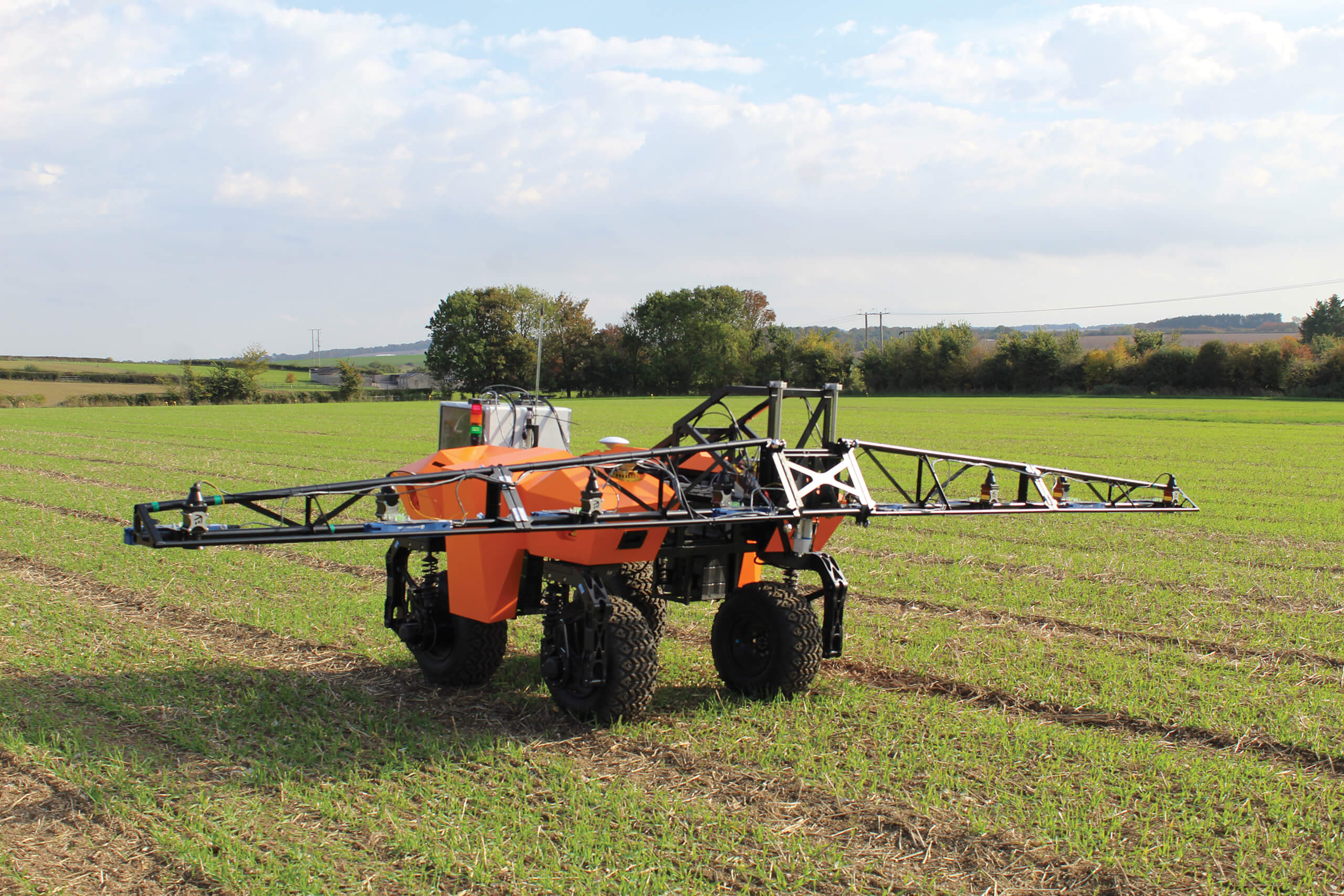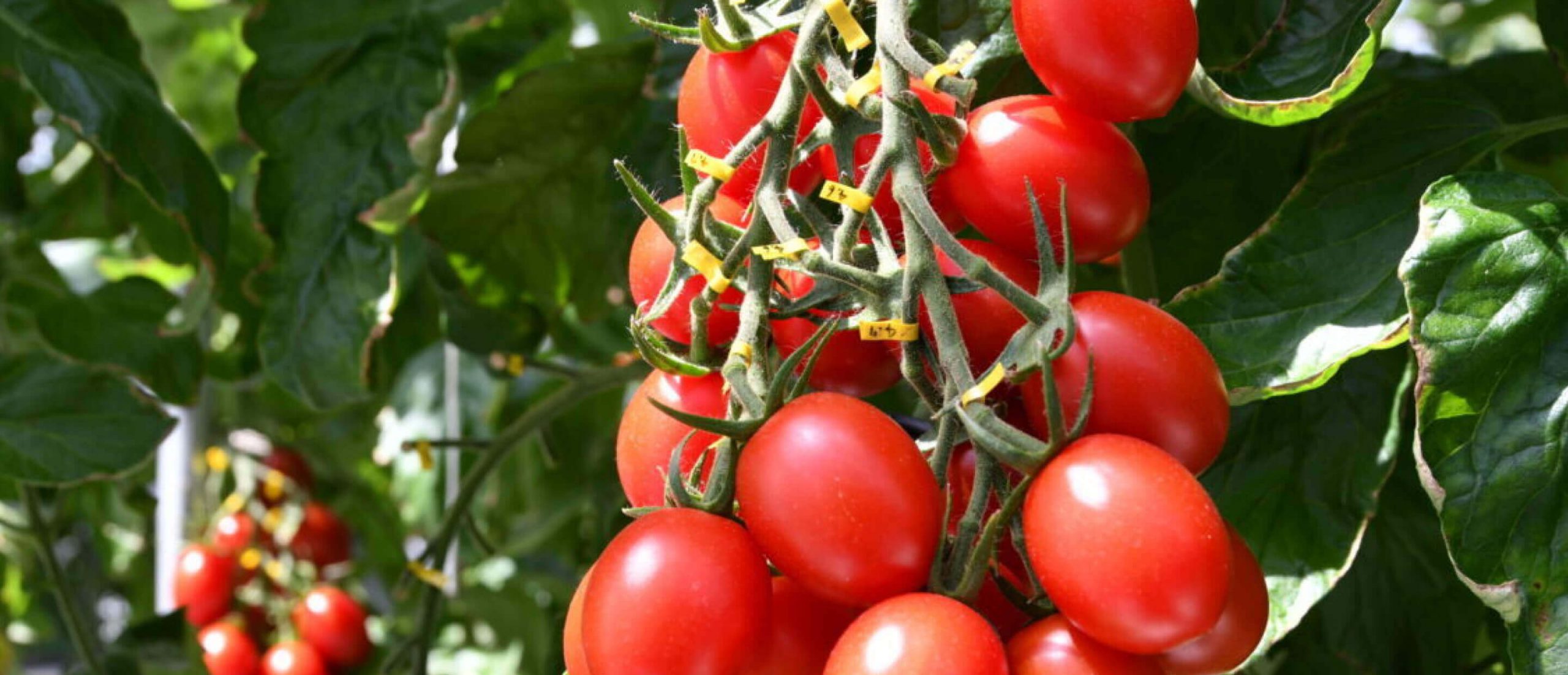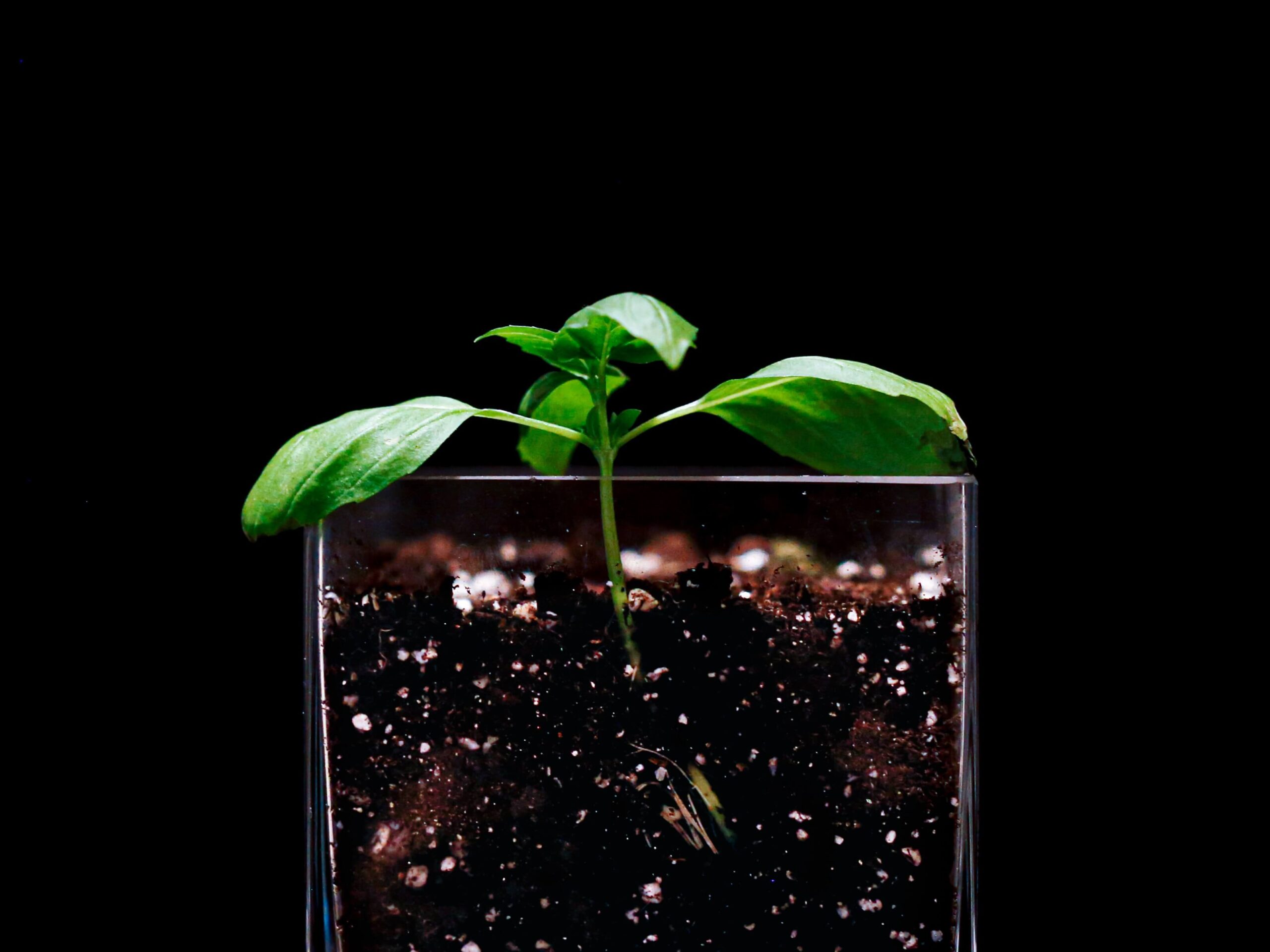
The discovery of a grass that makes its own antibiotics may have wide-reaching implications for restoring soil health and improving water quality, as well as bringing a massive drop in the amount of nitrogen fertilizer that goes to waste.
Thriving in the tropical pastures of Colombia, there’s a type of grass that has confounded scientists for decades. Brachiaria has been dubbed a “wonder grass” for its ability to grow in soil with almost a complete lack of mineral nitrogen, and no means to sequester it.

Dr. Subbarao’s team has discovered a natural Biological Nitrification Inhibition (BNI) trait in wild grass, which allows plant roots to moderate the conversion of nitrogen in the soil precisely to its needs.
Scientists at the Japan International Research Center for Agricultural Sciences (JIRCAS), led by Dr. Guntur Subbarao, unlocked the secrets to this remarkable phenomenon. Now, in collaboration with scientists of the International Maize and Wheat Improvement Center (CIMMYT) they’ve bred this ability into modern wheats. High-yielding elite wheat lines are currently in the field that produce the same yield and quality as their parent control with 40-50% lower nitrogen inputs.
The researchers have also shown there’s a staggering potential for these curious crops to massively reduce the estimated 70% of nitrogen that’s lost from soils and washed into the world’s waterways. Most of this is applied as synthetic fertilizer – the global consumption of 150 million tons is responsible for 5% of total greenhouse gas emissions.
The plants learn to use every picogram of nitrogen that’s available.”
What’s more, according to Subbarao, farmlands are increasingly leaking out this inefficient application of fertilizer. “They’re leaking nitrogen uncontrollably. And if you can’t keep nitrogen in soil, you can’t keep the carbon in either,” he says.

Scientists discovered a natural BNI trait in wild wheat, Leymus racemosus.
Nitrifying bacteria
So what is the secret to keeping nitrogen in the soil? Subbarao explains that it comes down to “a little bacteria” that lives in the soil and converts ammonium ions bound to soil particles into nitrates. “Many plants can use nitrates as a nitrogen source. But the problem is that this cannot bind to the soil and washes out.”
While it transformed global food grain production, agriculture’s Green Revolution has brought about a 30-fold increase in nitrogen fertilizer consumption. This, Subbarao says, has disrupted the complex microbial networks in the soil and changed the population dynamics. “These little bacteria, that used to have a small, subdued microbial activity, have grown into a monster. It’s consuming between 95% and 99% of fertilizer nitrogen and spitting it out as nitrates and nitrous oxide (N2O) gas. We should question whether we are applying nitrogen fertilizers to feed crops or to nurture this monstrous nitrogen-eating bacteria.”
Subbarao believes this has made many soils in modern farming systems increasingly sick; it has prompted the entire agricultural industry to seek a better balance. “When you are sick, you take antibiotics. And that is what we discovered about Brachiaria – it produces large amounts of antibiotics from its root systems. These antibiotics tightly control the nitrifying bacteria. It doesn’t kill the bacteria, but just keeps them in a kind of coma state.”
Related article
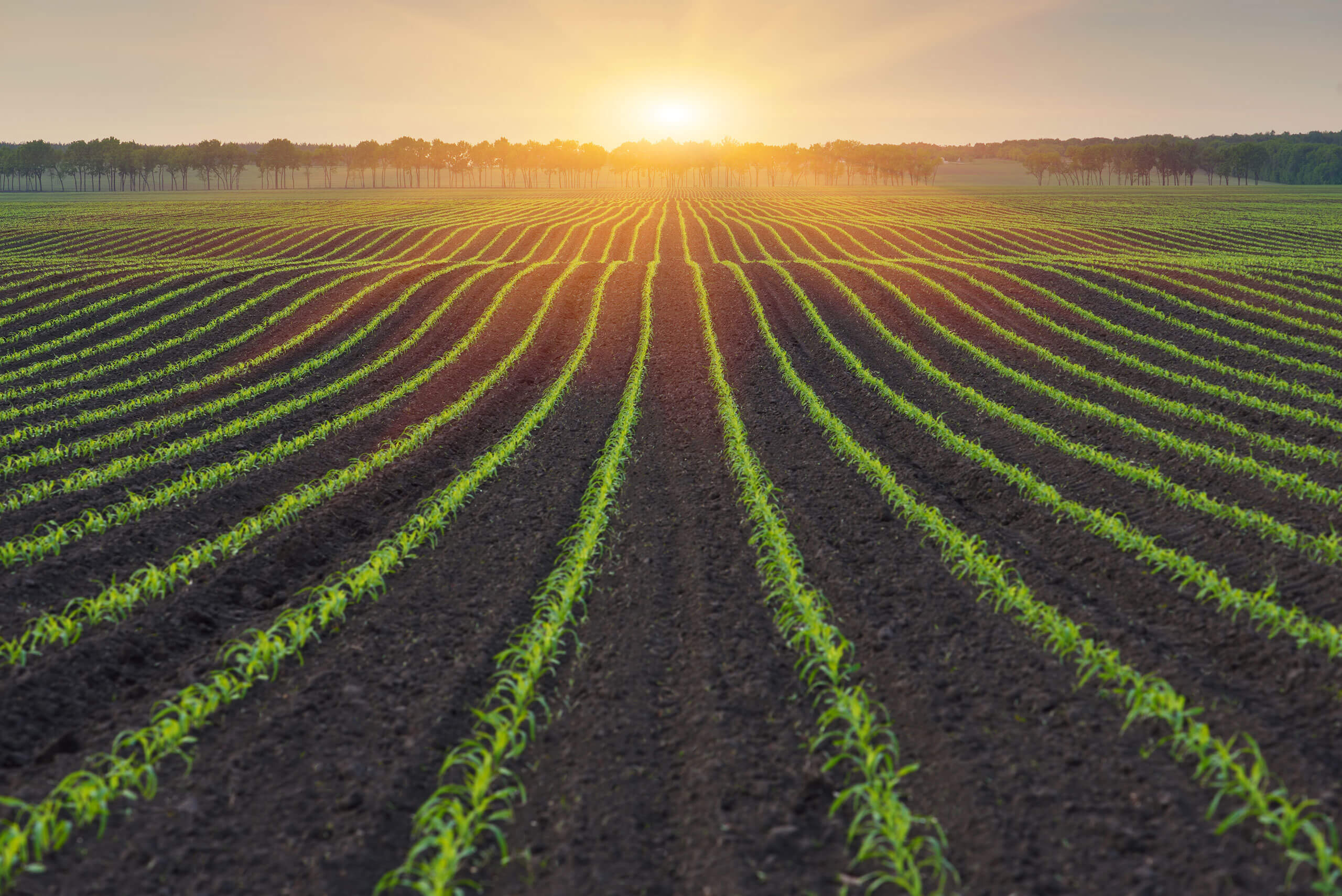
Better Yields, Sustainably
A new generation of naturally derived innovations is protecting crops, controlling pests, and nurturing...
Natural antibiotics
What the team at JIRCAS realized was that this natural Biological Nitrification Inhibition (BNI) allowed plant roots to moderate the conversion of nitrogen in the soil precisely to their needs. “The plants learn to use every picogram of nitrogen that’s available,” says Subbarao.
“The big breakthrough came in 2006 when we developed an assay that detected the presence of BNI. That allowed us to really understand the phenomenon – what controls it, how it is regulated and what makes it effective and stable in soil systems. We published what became a landmark paper in PNAS (Proceedings of the National Academy of Sciences of the USA) in 2009.”
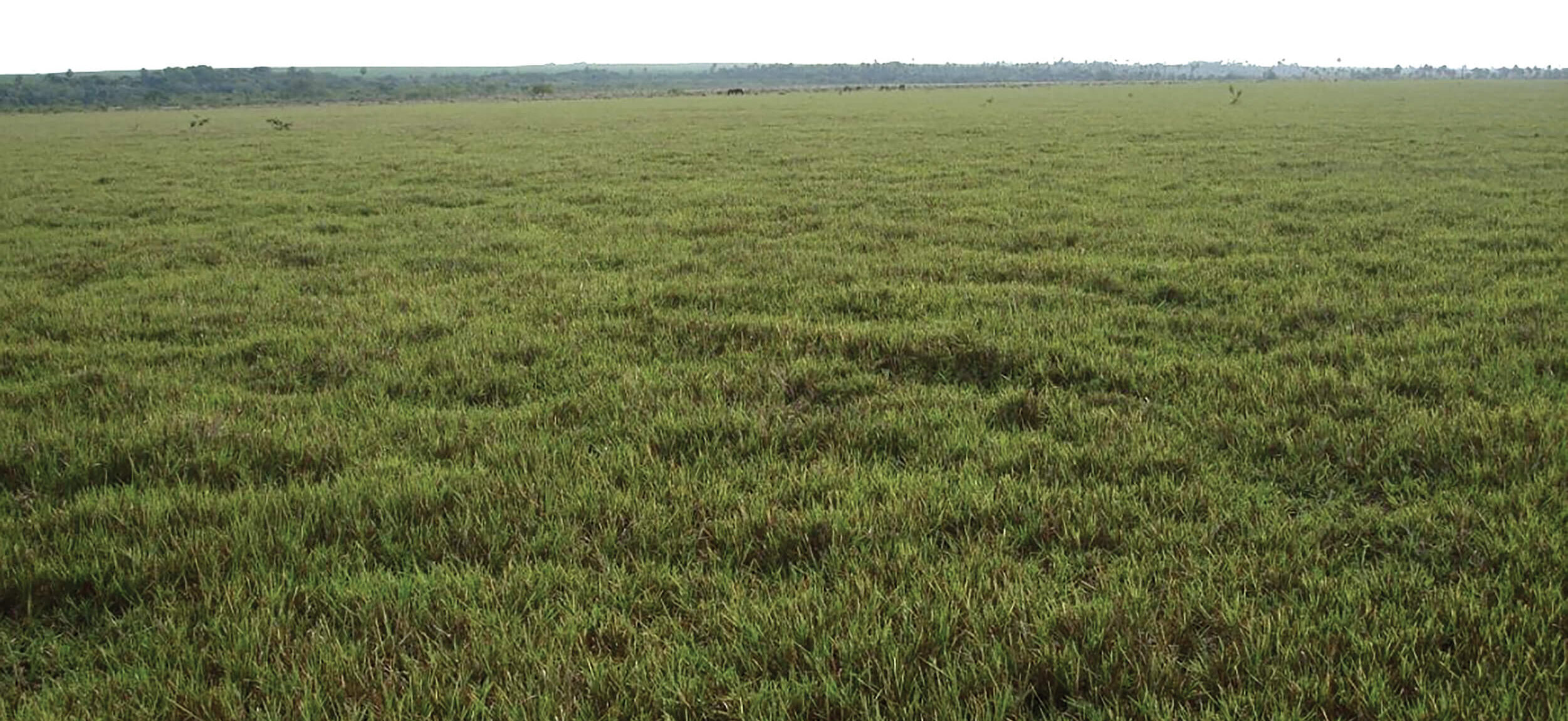
Brachiaria pastures in Llanos, Colombia, thrive despite low nitrogen availability in the soil.
But then the funding for the research program came under threat. “So we set about exploring important staple crops such as sorghum, wheat, and maize in search of a BNI trait.”
The function was detected and characterized in sorghum in 2011. But the big goal was wheat and maize as they consume nearly 50% of the nitrogen fertilizers applied to farmlands globally. “We worked with commercial wheat lines from across the world but couldn’t find a single one that had a significant BNI capacity.”
Our hope is that in the next 10 years, most of the wheat grown in different parts of the world would have this ability built in as a core trait.”
Eventually, the team found two wild wheats with the BNI trait – Leymus racemosus and Leymus mollis. “We identified the chromosome arm that carried the trait – 3NsbS – and successfully transferred this into a modern Mexican wheat, Munal, in 2021.”
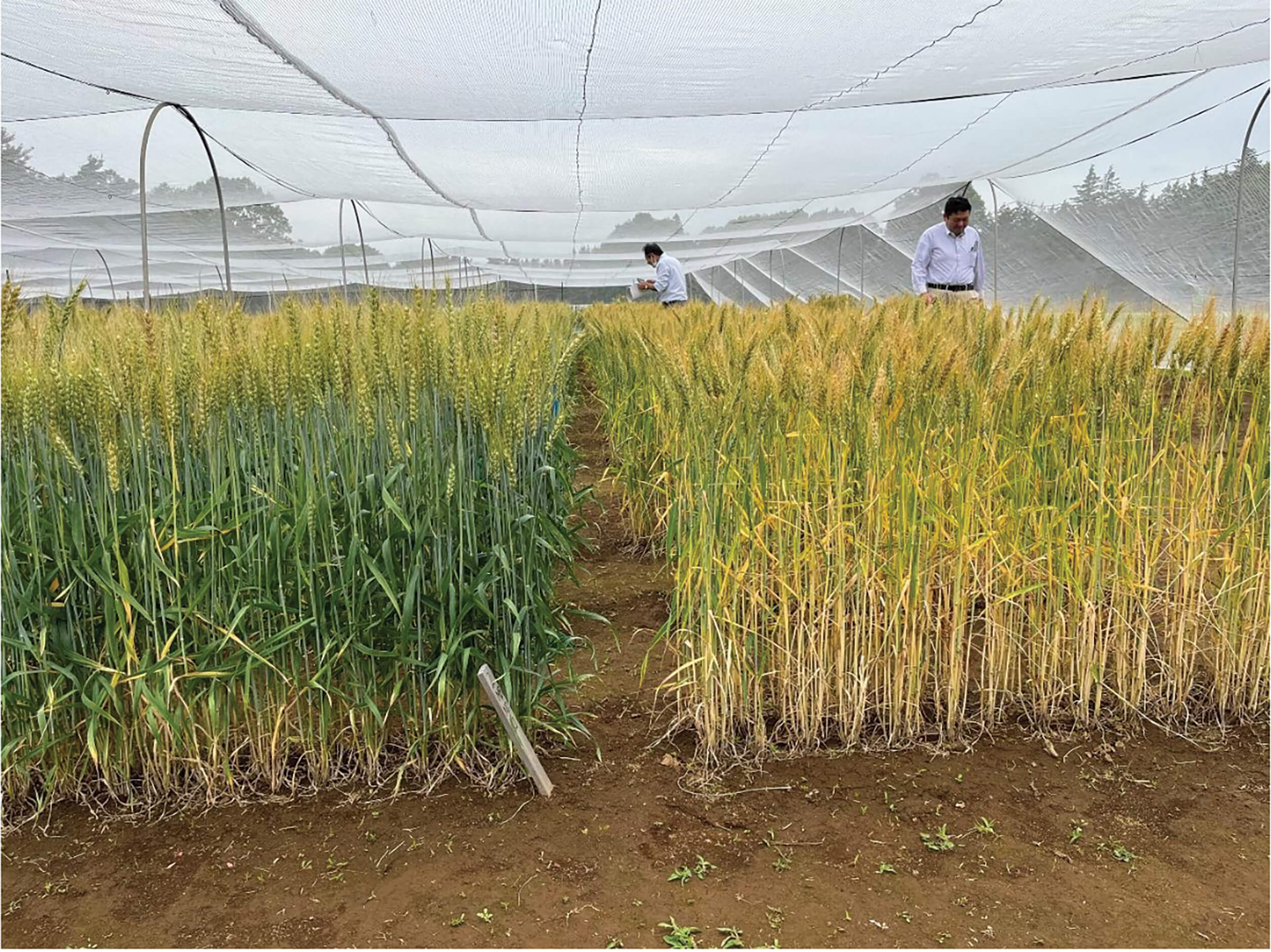
In a zero-input nitrogen field trial, the BNI wheat (above) is noticeably greener, indicating that it has taken up more nitrogen from the soil.
The big breakthrough
And with this came another big breakthrough. “We thought the entire elite agronomic architecture of the crop would change, needing decades of backcrossing to take out undesirable traits from the wild wheat that we’d introduced. “But to our amazement, there were no detectable differences apart from a high level of BNI production. We even checked for [any effects on] breadmaking quality.”
This discovery has profound implications. The trait can now be crossed into any modern wheat line without the need for genetic modification or novel genetics. To date, five wheat lines carry the BNI trait, including Borlaug 100, an elite wheat variety from CIMMYT, which has spearheaded the Green Revolution through its development of high-yielding, semi-dwarf, fertilizer-responsive wheat varieties.
But Subbarao believes the potential for the BNI wheat goes much further. Studies indicate that BNI wheats not only suppress nitrification potential but also reduce N2O emissions – a major greenhouse gas. In addition, they alter nitrogen metabolism to improve its use efficiency in the plant and raise nitrogen uptake from soil organic matter under low nitrogen conditions.
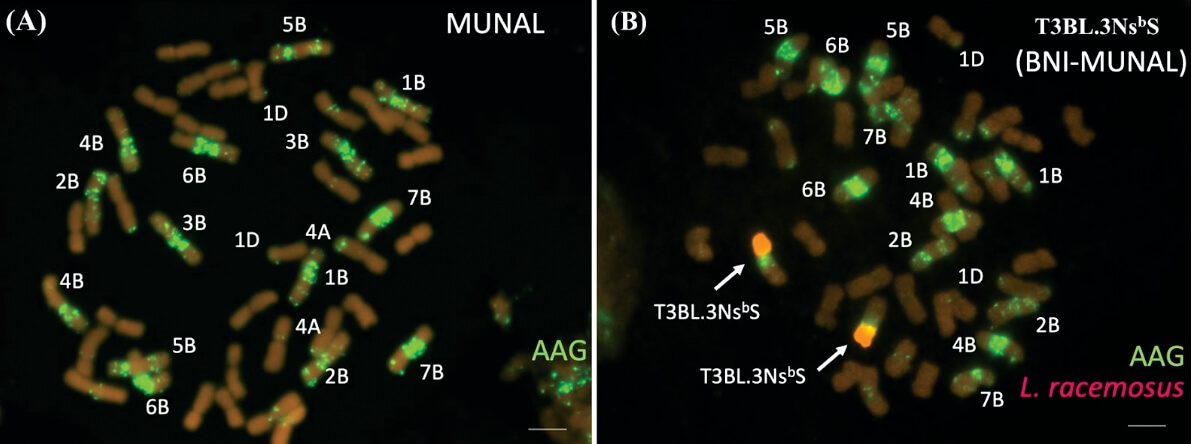
Subbarao’s team identified the chromosome arm that carried the trait – 3NsbS – and successfully transferred it into a modern Mexican wheat, Munal, in 2021.
“BNI wheats perform in both high and low-fertility situations, and in a few years from now will be available to all farmers. Our hope is that in the next 10 years, most of the wheat grown in different parts of the world will have this ability built in as a core trait,” he says.
“These large amounts of antibiotics from wheat root systems will bring a natural control to nitrifying bacteria and reduce the amount of nitrogen fertilizer applied in future. It’ll improve the health of our soils, the state of our waters and stop so much fertilizer going to waste.”

